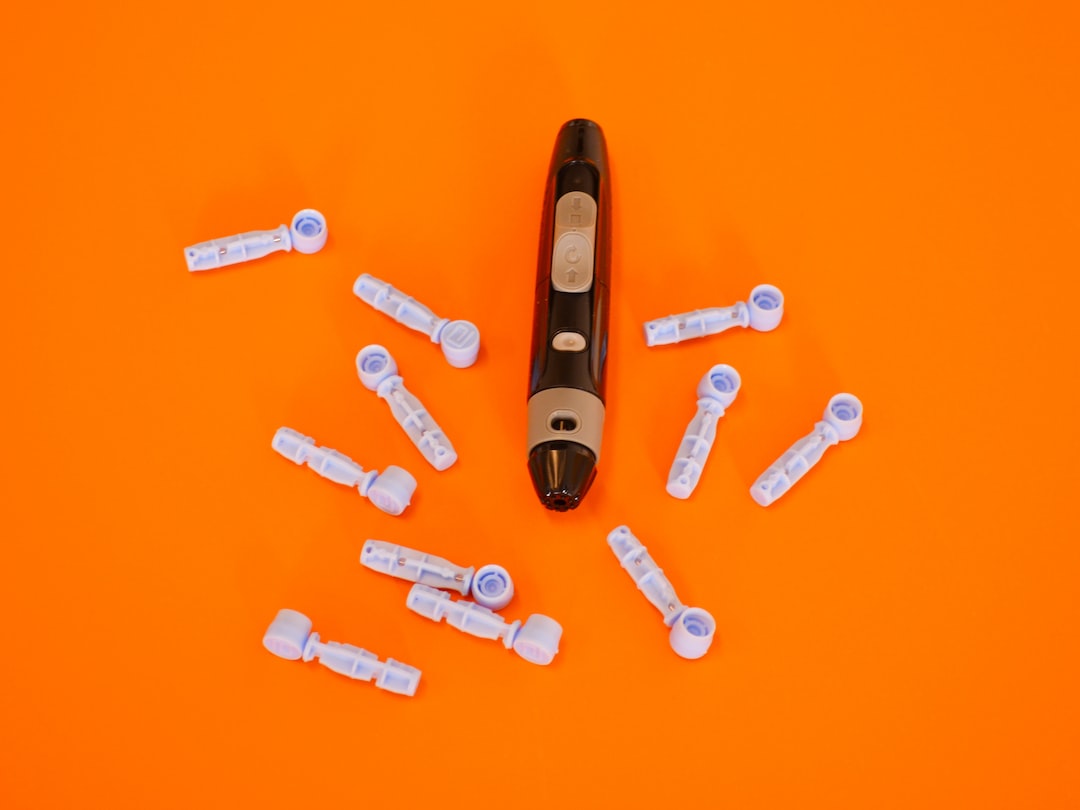Worries about the economy kicked into high gear, melting away notions of a cool, lazy summer for community pharmacies. Recently, 68% of CFOs polled by CNBC said they believe a recession will occur in the first half of 2023.
The concerning economic outlook is another stressor at the top of an ever-growing list for pharmacies, which includes uncertainty over cash flow, shortcomings in CMS’s final rule regarding the use of DIR fees by PBMs and the burden of adapting the Pharmacy Quality Alliance’s (PQA) new pharmacy. quality metrics. While PBMs will likely come under increased scrutiny from regulators in light of recent news that a national PBM has been accused of supplying unnecessary prescription drugs to military personnel, they continue to be in contradiction with the profitability of independent pharmacies.
Because the stakes are higher for 2023 than in previous years, understanding potential industry challenges and harnessing new solutions will be crucial for community and independent pharmacies hoping to remain profitable.
2023: what awaits us
The potential for continued recovery from DIR is perhaps the biggest challenge community pharmacies need to prepare for in the coming year, but it is not the only one.
In a recent report from the Columbia University Mailman School of Public Health, nearly 80% of pharmacists surveyed expect a greater role in preventive care by 2030. Many are already feeling the effects, as they are called upon by payers and physicians to complete routine medical care in addition to administering medication.
While the mainstream demand for pharmacies to do more with less isn’t new, younger workers are being asked to clock in for increasingly longer shifts, especially in rural areas of the United States. Additionally, as we have learned to live with Covid, the current prospect of small community pharmacies losing one or two workers who contract the virus (and having to self-isolate at home for at least five days) puts further pressure on healthy staff who must fill in the gaps while they are away. It’s no wonder that nearly 7 in 10 pharmacists say they’re burnt out.
Meanwhile, payers feel increased pressure to deliver an exceptional member experience and expect their pharmaceutical partners to help.
In 2020, CMS doubled the weight of the CAHPS Health Plan Survey measures of member experience, which now account for nearly 40% of a health plan’s overall star rating, and increased the weight of medication adherence metrics in its contract year 2021 star rating formula updates. Plans that do not achieve 4.5 stars risk losing the incentives they need to stay in business. So until further notice, pharmacies and health plans have no choice but to work together to optimize member satisfaction and experience.
Plan for the future
There is no single solution that will address these concerns, and cost containment strategies can only take a business so far. With that in mind, these three revenue-generating strategies that can help alleviate financial and operational pressures:
- Look for new opportunities to generate income.
Market preferences are constantly changing, and pharmacies that can meet consumer needs for convenience, access, and service will see more foot traffic, and their health plans and provider partners will also benefit. Now is the time to look for new ways to strategically improve operations: for example, by offering ancillary services such as telemedicine consultations or clinical care/dietary advice, or by incorporating a medication synchronization program to meet current consumer needs.
- Streamline communications on a single platform
With increasing demands on pharmacists’ time, staying organized and streamlined is key to staying sane. An integrated care management platform can bring together multiple streams of data and improve the following areas:
* Supply chain management
* Traceability and transparency of medicines
* Medication administration and management
* Quality improvement reporting
* Performance tracking
* Member engagement and awareness
* Care collaboration with providers and health plans
In addition to facilitating day-to-day operations, using a single platform instead of multiple technology systems can help pharmacy professionals reduce manual IT errors and maintain patient safety.
- Work more closely with care partners to engage members
Health plans and pharmacies aren’t always on the same page, often because they don’t use the same technology platform, but incentive programs from CMS and others will continue to reward care partners who can work together to engage and motivate individuals to improve quality. and the results. Using an integrated clinical care management platform can help support all care partners in tracking progress of medication management and CAHPS metrics, while streamlining reporting.
Community pharmacies must now prepare for 2023 and ensure that their operations, technology and partnerships are in top condition in the event of more unexpected economic turbulence. The more that can be done now, the better equipped pharmacy managers will be to handle stressful events and weather financial storms six months from now.
Photo: Ridofranz, Getty Images
 AD Roberts
AD Roberts



